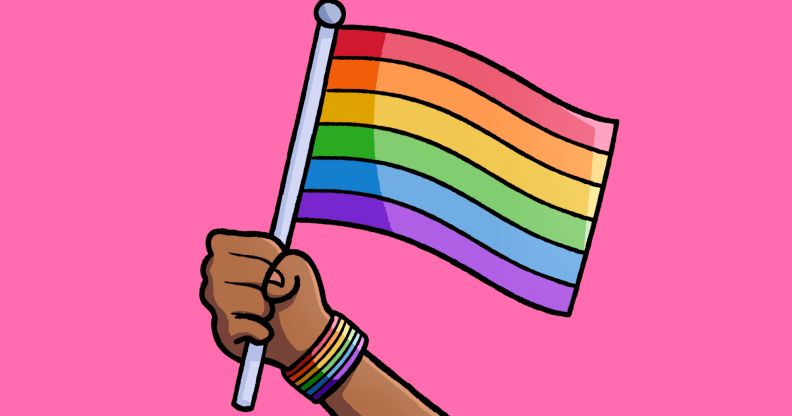Why voguing is all about LGBT resistance

Like most people, my only reference for voguing until recently was from Madonna’s classic music video, Vogue.
In the video, she’s centre-stage, making angular, linear, rigid movements with her limbs as though she’s on a catwalk.
It’s a glorious mix of freezing, posing, and dancing for a camera that isn’t there, and if you’re naive like me you’ve probably credited Madonna for its popularity.
#Voguing#London
The Final Battle Was Just amazing
The House Yamamoto brought it to the runway ! pic.twitter.com/hge3qHG62K— Rick & Pick (@ricketpick) August 27, 2017
There is, obviously, another history to tell about this art form. Madonna has been credited as a maestro for an art which she profited from, despite being far from its creator.
In fact, the art gets its name from the poses pictured in Vogue magazine itself.
Armed only with this limited information and wide-eyed wonder, I set out to uncover the history of voguing.
What really piqued my interest was watching a viral video of a group performing at a mass vigil after the Pulse nightclub attack in Orlando last year.
The terror attack was the most devastating attack on LGBT people in recent times, leaving 49 dead and dozens more injured, so I wanted to understand why this dance was seen as the best eulogy for the victims.
My phone died, but here’s another from the vogue battle at the Orlando vigil. Solidarity through dance <3 pic.twitter.com/6LwgjEk7WF
— Zing Tsjeng (@misszing) June 13, 2016
It turns out voguing precedes Madonna’s hit single by about two decades.
The art finds its roots in something called the ‘ballroom’ scene in New York City.
‘Ballrooms’ started up in the 1960s, in some of New York’s most deprived neighbourhoods.
They started out as runway shows in Harlem for drag performers, and were predominantly filled with black and latino trans women and queer men of colour.
Slowly, they evolved from classic drag to runway shows which mimicked the opulence of high fashion couture.

In a flash, poor trans youth could turn into queens for the night.
On face value, ball culture looks like fleeting pageantry – strutting on catwalks to see who can best represent ‘high fashion winter sports wear’ is not your usual, everyday resistance to homophobia.
There are no picket signs and no mass demonstrations.
But once you understand the necessity of voguing, you understand that it is all about resistance.
Ballroom culture still, to this day, consists of ‘houses’ that take their names after popular fashion brands, and compete with each other to see who can throw the best shade on the catwalk.
But houses aren’t simply spaces for putting on a glamorous show.
They have serious political functions, acting as literal homes to people who have none. LGBT homelessness was, and still is a huge issue for LGBT youth.
‘Houses’ became homes to those hit hardest by the AIDS crisis, which meant voguing became a safety net for those marginalised for their queerness.
Beyond resisting homelessness and societal stigma, the art form itself embodies ways for queer people to explore gender-play.
People have a way of mixing and matching their masculinity and femininity in ways that threaten and disrupt gender norms in the outside world.
Voguing transcends vanity.
It consists of networks of solidarity, support and spaces for gender-play, so it’s no surprise that it is indeed the perfect eulogy to the victims of the Pulse nightclub attack.
It memorialises those lives lost to homophobia by creating a space to protect others.

